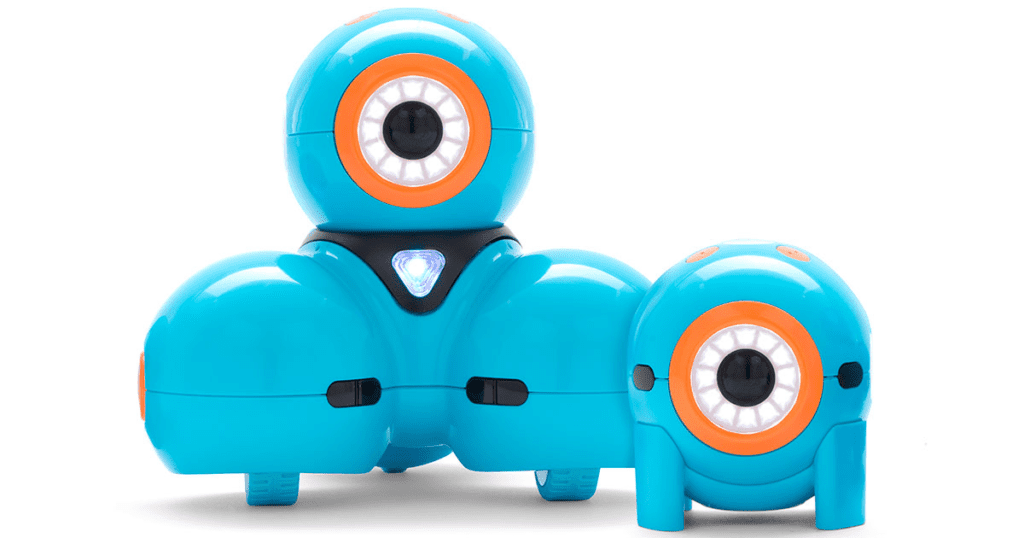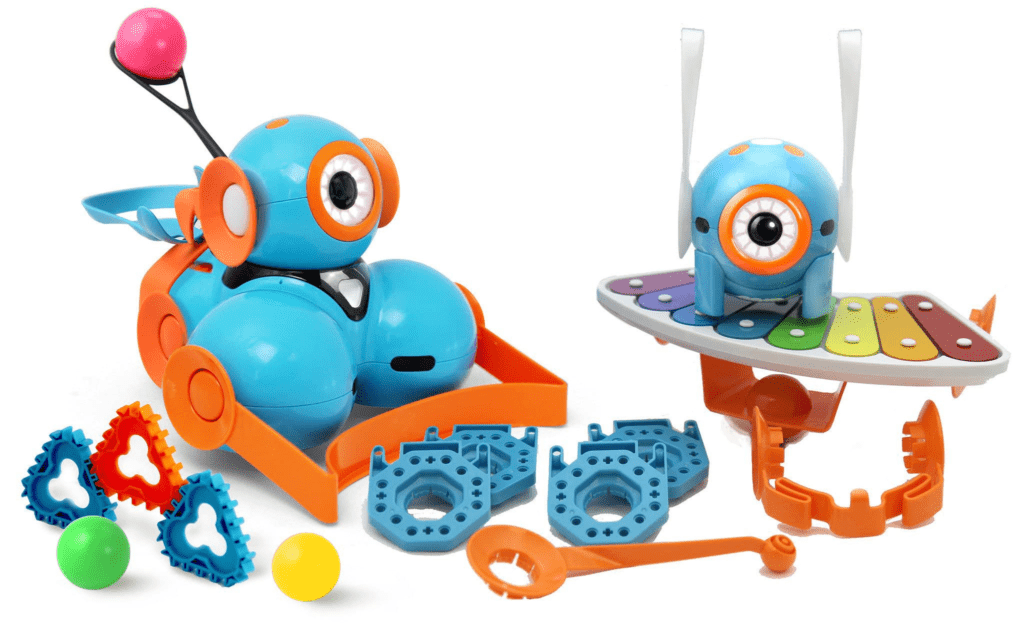How To Use Dash Robot? Best Guide 2023
- By admin
- 2023-01-26
- 0 comments

How to use dash robot? Dash Robot is the future of home robotics. It features a powerful AI processor, multiple sensors and an adaptive platform designed to learn and evolve over time.
Dash is an interactive robot packed with intelligent features like voice recognition, facial recognition and object tracking.
How to Use Dash Robot?

Combining advanced robotics technology with human interaction makes Dash the perfect companion for your home. Here are some tips on how to use Dash Robot to its fullest potential:
Set Up Your Dash Robot
The first step in using your Dash robot is to get it set up properly. This involves connecting the robot’s battery power sources, connecting it to the internet via Wi-Fi or Bluetooth and then downloading the app that comes with it. Once those steps are complete, start exploring what you can do with it.
Play Interactive Games
Dash has a wide range of interactive games available to play that can help teach coding skills and problem solving strategies such as Tower Challenge or Wheel Challenge. Adventure Mode also allows you to explore a virtual world through coding challenges programmed by experienced educators.
Use Voice Control
Using voice commands acquired from Amazon Alexa’s cloud-based service, you can give Dash instructions such as navigating around obstacles or playing music by simply giving vocal commands instead of manually controlling it using a remote control or app.
Navigate Obstacles and Rooms
Dash has the ability to recognize obstacles and avoid collisions while navigating around rooms with ease thanks to its array of sensors which include sonar and IR proximity senors coupled with infrared lasers which map out environments quickly and safely.
The combination of these sensors enable Dash to plan its route through complex environments without any user intervention necessary making even difficult tasks simple in comparison.
Programmable Tasks
Using block-based programming languages such as Apple Swift Playgrounds software or Microsoft MakeCode, anyone can program Dash for specific tasks from responding to voice commands at different times of day, greeting visitors when someone enters the room, avoiding objects in its path or directing people where they need to go within the house – just about anything you want it to do!
Enjoy Music & Videos Together
Enjoy music together with your friends by asking Dash Playing music from services like Apple Music or Spotify; even watch videos from sites like YouTube directly from your own personal device or have them play through your television’s streaming box if connected via Wi-Fi networks within range.
Whatever it may be that you want for any given occasion – there’s sure something special waiting for everyone in between right now!
Explore the Robot Interface
The first step in utilizing your Dash robot is getting familiar with its interface. Each program that you create needs to be connected to the hardware, allowing the hardware to react to your commands within the program. Become acquainted with the operations panel, subdirectories, debugging tools, app building environment and more.
Assemble Your Robot
Using the instructions in the manual that came with your Dash robot kit, assemble your robot from its various parts. From mounting wheels to attaching LED strips, putting together this interactive robotic device can be quite a gratifying experience by itself!
Make Use of Blockly
Blockly is a visual coding language developed specifically for dash robots – making it much easier for users to understand programming concepts!
You’ll use it across various levels of complexity to write programs that range from basic commands on time delays up to complex games like line-following or even wall AVOID potentials like with our POLARbot obstacle course project found in our Complete Robotics Program Bundle.
Test Your Commands
Once you have written a few commands in Blockly, it’s time execute them on your devices by testing them out directly on your physical dashbots. Test individual components before adding additional ones so they can be identified more easily later during problem solving stages if something were not working as expected (very common amongst beginners using Blockly!).
Develop Projects
Now that you’re confidently programmed multiple commands and tasks onto your robots, begin creating small projects – such as an object detector or obstacle navigator – then gradually increasing complexity until you are able work towards completed labs like audio detectors or line following exercises which require multiple types of sensors working together for completion purposes!





